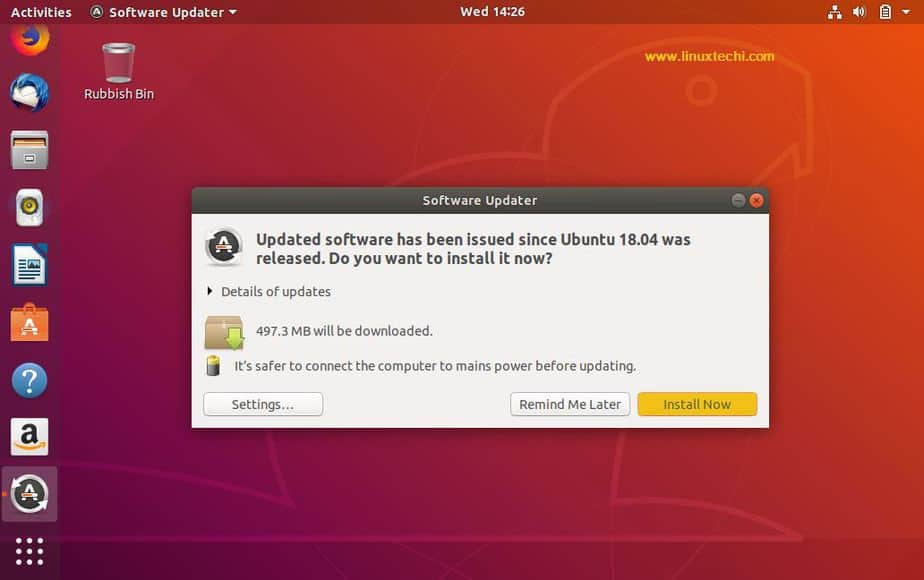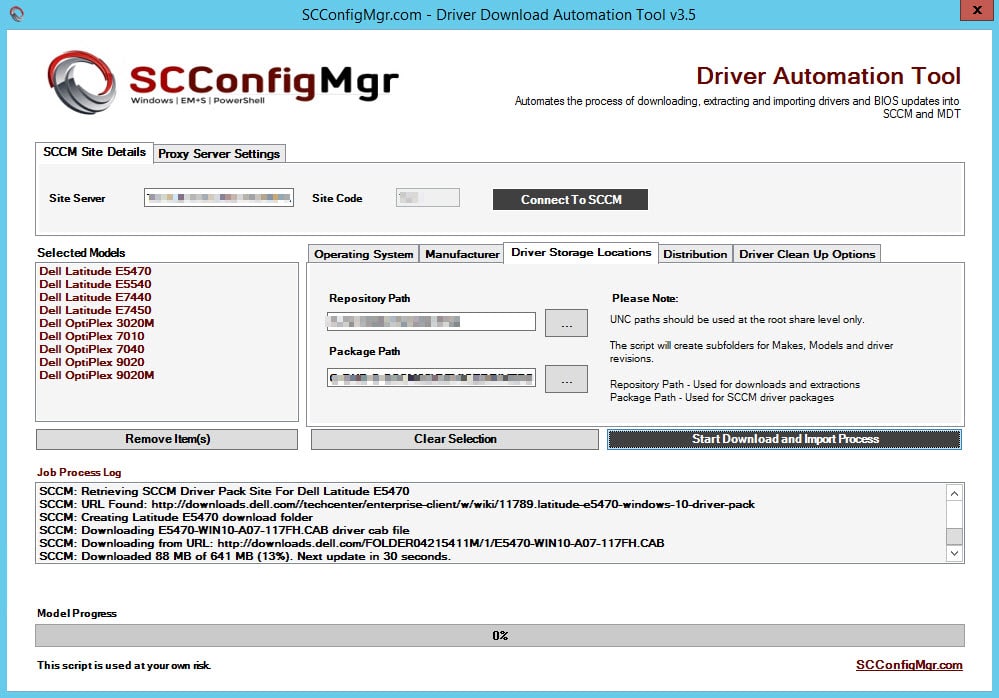GRAPHICS FUNCTIONS
- Putpixel
Purpose:-Putpixel function is to draw the pixel on the screen. Pixel is small dot on the screen.
Syntax:-putpixel(x co-orinate, y co-ordinate,COLOR);
PowerShell might look really strange to you. Many people assume PowerShell is basically CMD-prompt 2.0 because of the way it looks, but it really is a fully operational scripting language underneath. PowerShell has something called a cmdlet (command-let), which for the most part is the same idea as functions you’re used to from other languages. In this guide, I will cover GPRESULT syntax, parameters and real examples you can apply in your day to day job as a Windows admin. Laptops (0) PCs & Macs (0.
Example: – putpixel(100,100,BLUE);
For example, in my patch: syntax/SSDTP8XHErrorFix.txt, it generally appears in some ivy bridge Asus laptops's SSDT. I made this patch to fix this error, but I'm not sure this is a correct way to fix it. Computers & Laptops Computer Accessories Game Consoles Gifts Networking Phones Smart Home Software Tablets Toys & Games TVs Wearables News Phones Internet & Security Computers Smart Home Home Theater Software & Apps Social Media Streaming Gaming Gaming Consoles & PCs Cheats & Codes Gaming Services Game Play & Streaming Mobile Gaming Family Tech. Jun 24, 2020 This wikiHow teaches you how to recover an HP Laptop. HP computers have an HP Recovery Manager that can be used to recover your computer. Before running a system recovery, backup all personal files you want to keep. The recovery process will uninstall all applications, and reinstall Windows 10.
- SetbkColor
Purpose:-Setbkcolor function is used to set background color of the screen.
Syntax:-setbkcolor(COLOR);
Syntax Laptops For Kids
Example:-setbkcolor(RED);
- Setlinestyle
Purpose:-setlinestyle function is used to set the current line style, width and pattern
Syntax:-setlinestyle(linestyle, pattern, thickness);
Example:-setlinestyle(SOLID_LINE,1,2);
- Setcolor
Purpose:-setcolor is to set color of the objects which is to be drawn after this setcolor line.
Syntax:-setcolor(COLOR);
Example:-setcolor(RED);
- Rectange:-
Purpose:- Rectangle function is used to draw the rectangle on the screen. X1,y1 are the lower left co-ordinates of the rectangle and the x2,y2 are the upper right co-ordinates of the rectangle.
Syntax:– rectangle(x1,y1,x2,y2);
Example:– rectangle(100,100,200,200);
- Textheight
Purpose:-textheight returns the height of a string in pixels.
Syntax:-textheight(STRING);
Example:-i=textheight(“HELLO”);
- Textwidth
Purpose:-textwidth returns the width of a string in pixels
Syntax:-textwidth(STRING);
Example:-i=textwidth(“HELLO”);
- Getx
Purpose:-getx returns the current position’s of x o-ordinate
Syntax:-getx();
Example:-x=getx();
- Gety
Purpose:-gety returns the current position’s of y co-ordinate
Syntax:-gety();
Example:-y=gety();
- Getmaxx
Purpose:-getmaxxreturns the maximum x co-ordinate on the screen
Syntax:-getmaxx();
Example:-maxx=getmaxx();

- Getmaxy
Purpose:-getmaxy returns the maximum y co-ordinate on the screen
Syntax:-getmaxy();
Example:-maxy=getmaxy();
- Line
Purpose:-Line function is used to draw the line on the screen.
Syntax: line(x1,y1,x2,y2);
Example:-line(100,100,200,100);
- Closegraph
Purpose:-closegraph function shut down the graphic system
Syntax:-closegraph();
Example:-closegraph();
- Moveto
Purpose:-moveto function moves current cursor position on the screen
Syntax:-moveto(x co-ordinate, y co-ordinate);
Example:-moveto(getmaxx/2, getmaxy/2);
- Settextstyle
Purpose:-settextstyle sets the current text characteristics like font, direction and size
Syntax:-settextstyle(font, direction size);
Example:-settextstyle(1,1,10);
Font 1 DEFAULT
2 TRIPLEX
3 SMALL
4 SANS SERIF
5 GOTHIC
Direction 0 HORIZ_DIR
- VERT_DIR
Size 0 SMALL
10 large
- Circle
Purpose: Circle function is used to draw the circle on the screen
Syntax:– circle(x,y,radius);
Example:circle(100,100,50);
- Cleardevice
Purpose: cleardevice function is used to clear the contents or graphic images on the screen in graphics mode.
Syntax:cleardevice();
Example:cleardevice();
- Outtextxy
Purpose: outtextxy function is used to print the text on the screen in graphics mode.
Syntax:outtext(x,y,text);
Example:-outtextxy(100,100,”HELLO”);
- Sector
Purpose:sector function draws and fills an elliptical pie slice.
Syntax:sector(x, y, starting angle, ending angle, xradius, yradius);
Example:sector(100,100,45 135 100 50);
- Arc
Purpose:arc draws the arc on the screen, arc is a part of the circle
Syntax:arc(x, y, starting angle, ending angle, radius);
Example:arc( 100,100,90,180,50);
- Setfillstyle
Purpose: setfillstyle is used to set the color and style to be filled in the object using the flood fill method.
Syntax:stefillstyle(STYLE, COLOR);
Example:setfillstyle(1,RED)
- Floodfill
Purpose:floodfill function is used to fill the color in the object, object may be circle, rectangle or any other closed image.
Syntax:floodfill(x,y,boundary color);

Example:floodfill(100,100,BLUE);
- Ellipse
Purpose:ellipse function is used to draw the ellipse on the screen.
Syntax:ellipse(x, y, starting angle, ending angle, xradius, yradius);

Example:ellipse(100,100,90,200,20,20);
- Outtext
Purpose:outtext function is used to display the text on the screen, using this function text is display in the current position.
Syntax:outtext(STRING);
Example:outtex(“HELLO”);
- Getcolor
Purpose:getcolor returns the current drawing color.
Syntax:getcolor();
Example:intclr = getcolor();
- Getpixel
Purpose:getpixel gets the color of a specified pixel.
Syntax:getpixel(x,y);
Example: color=getpixel(100,100);
- Go Tutorial
- Go Useful Resources
- Selected Reading
We discussed the basic structure of a Go program in the previous chapter. Now it will be easy to understand the other basic building blocks of the Go programming language.
Tokens in Go
A Go program consists of various tokens. A token is either a keyword, an identifier, a constant, a string literal, or a symbol. For example, the following Go statement consists of six tokens −
The individual tokens are −
Line Separator
In a Go program, the line separator key is a statement terminator. That is, individual statements don't need a special separator like “;” in C. The Go compiler internally places “;” as the statement terminator to indicate the end of one logical entity.
For example, take a look at the following statements −

Comments
Comments are like helping texts in your Go program and they are ignored by the compiler. They start with /* and terminates with the characters */ as shown below −
You cannot have comments within comments and they do not occur within a string or character literals.
Identifiers
A Go identifier is a name used to identify a variable, function, or any other user-defined item. An identifier starts with a letter A to Z or a to z or an underscore _ followed by zero or more letters, underscores, and digits (0 to 9).
identifier = letter { letter | unicode_digit }.
Go does not allow punctuation characters such as @, $, and % within identifiers. Go is a case-sensitive programming language. Thus, Manpower and manpower are two different identifiers in Go. Here are some examples of acceptable identifiers −
Keywords
The following list shows the reserved words in Go. These reserved words may not be used as constant or variable or any other identifier names.
Syntax Laptops For Dummies
| break | default | func | interface | select |
| case | defer | Go | map | Struct |
| chan | else | Goto | package | Switch |
| const | fallthrough | if | range | Type |
| continue | for | import | return | Var |
Whitespace in Go
Whitespace is the term used in Go to describe blanks, tabs, newline characters, and comments. A line containing only whitespace, possibly with a comment, is known as a blank line, and a Go compiler totally ignores it.
Whitespaces separate one part of a statement from another and enables the compiler to identify where one element in a statement, such as int, ends and the next element begins. Therefore, in the following statement −
There must be at least one whitespace character (usually a space) between int and age for the compiler to be able to distinguish them. On the other hand, in the following statement −
No whitespace characters are necessary between fruit and =, or between = and apples, although you are free to include some if you wish for readability purpose.
